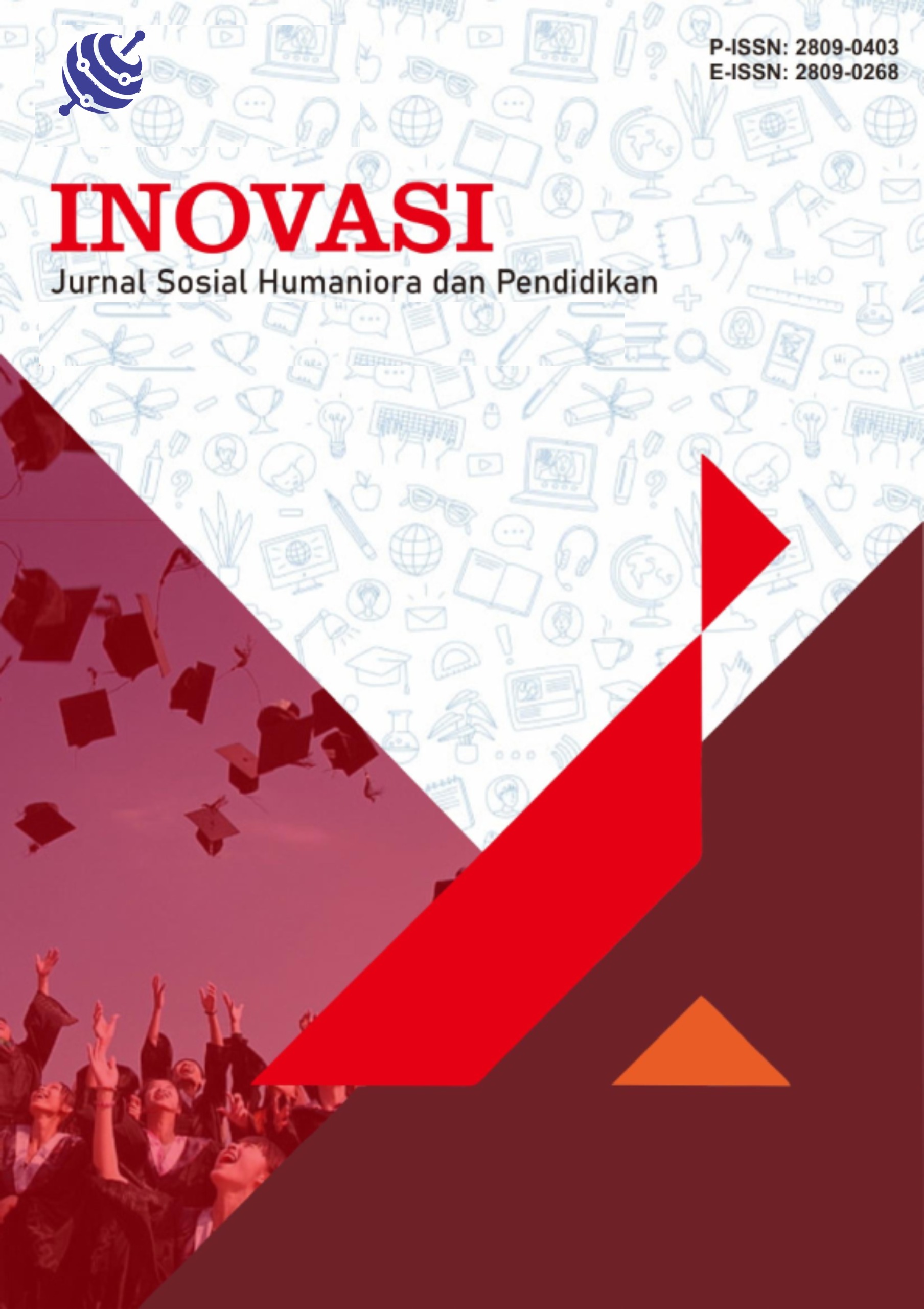Trust Restoration Strategy Analysis Customers, Negative E-Wom Mitigation, and Corporate Image Restoration in The Case of PT Pertamina
DOI:
https://doi.org/10.55606/inovasi.v4i2.4280Kata Kunci:
PT Pertamina, Consumer trust, Corporate image, e-WOM, CSRAbstrak
The case involving PT Pertamina emphasizes the importance of building consumer trust and maintaining the company's image in the energy sector. The crisis that occurred can have a negative impact on the company's reputation, especially amidst the rapid spread of information through electronic word-of-mouth (e-WOM). This study aims to examine strategies that can be used by PT Pertamina to restore public trust, handle negative e-WOM, and restore the company's image. The approach used is qualitative-descriptive, with data collection through literature reviews and digital media analysis. The findings show that open and honest communication, rapid response to consumer complaints, and the use of technology in analyzing data are key elements in image recovery efforts. In addition, consumer involvement, implementation of Corporate Social Responsibility (CSR) programs, and improving service quality have also proven effective in strengthening customer loyalty. By implementing this strategy consistently, PT Pertamina has the opportunity to build a positive image and establish a more solid relationship with the community.
Referensi
BIBLIOGRAPHY
Chi, H., & Phan, H. (2025). Revealing the Role of Corporate Social Responsibility, Service Quality, and Perceived Value in Determining Customer Loyalty: A Meta-Analysis Study.
Jeuring, J. H. G., & Haartsen, T. (2017). Destination Branding by Residents: The Role of Perceived Responsibility in Positive and Negative Word-of-Mouth. Tourism Planning and Development , 14 (2), 240–259. https://doi.org/10.1080/21568316.2016.1214171
Kartika, Y., & Shihab, MS (2019). Building Positive E-Wom Through E-Service Quality, Trust and Satisfaction. Journal of Entrepreneurship, Management and Industry (JEMI) , 2 (4), 195–204. https://doi.org/10.36782/jemi.v2i4.1942
Putri, CN, & Fauzi, TH (2023). The Effect of E-WOM and Brand Image on Purchasing Decisions of Automotive Products: Mediating Role of Brand Trust. Journal of Business and Management Applications , 9 (3), 843–854. https://doi.org/10.17358/jabm.9.3.843
Rastini, N.M., & Nurcaya, N. (2019). Customers trust mediation: effect of CSR and service quality towards e-WOM. International Research Journal of Management, IT and Social Sciences , 6 (4), 169–173. https://doi.org/10.21744/irjmis.v6n4.670
Sallam, MA (2016). An Investigation of Corporate Image Effect on WOM: The Role of Customer Satisfaction and Trust. International Journal of Business Administration , 7 (3), 27–35. https://doi.org/10.5430/ijba.v7n3p27
Šegota, T., Chen, N., & Golja, T. (2022). The Impact of Self-Congruity and Evaluation of the Place on WOM: Perspectives of Tourism Destination Residents. Journal of Travel Research , 61 (4), 800–817. https://doi.org/10.1177/00472875211008237
(Chi et al., 2025; Jeuring et al., 2017; Kartika et al., 2019; Putri et al., 2023; Rastini et al., 2019; Sallam, 2016; Šegota et al., 2022)
Chi, H., & Phan, H. (2025). Revealing the Role of Corporate Social Responsibility, Service Quality, and Perceived Value in Determining Customer Loyalty: A Meta-Analysis Study.
Jeuring, J. H. G., & Haartsen, T. (2017). Destination Branding by Residents: The Role of Perceived Responsibility in Positive and Negative Word-of-Mouth. Tourism Planning and Development , 14 (2), 240–259. https://doi.org/10.1080/21568316.2016.1214171
Kartika, Y., & Shihab, MS (2019). Building Positive E-Wom Through E-Service Quality, Trust and Satisfaction. Journal of Entrepreneurship, Management and Industry (JEMI) , 2 (4), 195–204. https://doi.org/10.36782/jemi.v2i4.1942
Putri, CN, & Fauzi, TH (2023). The Effect of E-WOM and Brand Image on Purchasing Decisions of Automotive Products: Mediating Role of Brand Trust. Journal of Business and Management Applications , 9 (3), 843–854. https://doi.org/10.17358/jabm.9.3.843
Rastini, N.M., & Nurcaya, N. (2019). Customers trust mediation: effect of CSR and service quality towards e-WOM. International Research Journal of Management, IT and Social Sciences , 6 (4), 169–173. https://doi.org/10.21744/irjmis.v6n4.670
Sallam, MA (2016). An Investigation of Corporate Image Effect on WOM: The Role of Customer Satisfaction and Trust. International Journal of Business Administration , 7 (3), 27–35. https://doi.org/10.5430/ijba.v7n3p27
Šegota, T., Chen, N., & Golja, T. (2022). The Impact of Self-Congruity and Evaluation of the Place on WOM: Perspectives of Tourism Destination Residents. Journal of Travel Research , 61 (4), 800–817. https://doi.org/10.1177/00472875211008237
Unduhan
Diterbitkan
Cara Mengutip
Terbitan
Bagian
Lisensi
Hak Cipta (c) 2025 Jurnal Sosial Humaniora dan Pendidikan

Artikel ini berlisensiCreative Commons Attribution-ShareAlike 4.0 International License.







